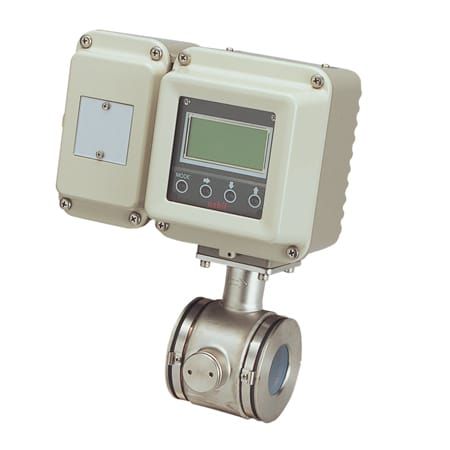What’s the path forward for Australian nickel?
This week has seen Wyloo temporarily shut down the Cassini, Long and Durkin nickel mines and BHP pause part of its Kambalda processing operations considering recent nickel price slumps in Australia.
The nickel downturn has also had an effect on other nickel miners operating in Australia, notably Chalice Mining, First Quantum Minerals, IGO and Panoramic Resources.
So it begs the question: What is the best way forward for Australian nickel?
In light of BHP’s decision yesterday, the Association of Mining and Exploration Companies (AMEC) has called for the Federal Government to provide relief for the nickel sector.
“The commercial realities being faced by the nickel industry in Australia means some government intervention to incentivise downstream processing should be considered,” AMEC acting chief executive officer Neil van Drunen said.
“If we continue to see the current downturn in nickel and lithium prices, the government should consider all options to reassure the sector, including potential royalty relief.”
AMEC – which will appear at a minerals-focused roundtable with Federal Resources Minister Madeleine King on January 25 – believes tax incentives could be introduced to support Australia’s critical minerals sector.
“AMEC is proposing a production tax credit (PTC) to assist critical minerals producers, which would make Australia 10 per cent more competitive for downstream processing,” Drunen said.
“There is no better, and more important, time than now to include a PTC in the upcoming Commonwealth budget plans. Doing so would make Australia 10 per cent more competitive for downstream processing and (it would) send a strong message to the industry, investors and global markets, that Australia is not to be forgotten about.”
The PTC – inspired by a similar US Government scheme introduced through the Inflation Reduction Act – would see miners receive 10 per cent off their tax bill for the production of refined critical mineral products.
Wyloo chief executive officer Luca Giacovazzi said a 10 per cent production tax credit is one part of the puzzle, with other ways to also provide relief for the critical minerals sector.
“We need to incentivise Australian nickel production and our downstream opportunity with the introduction of a 10 per cent production tax credit, the revision of the royalties scheme and access to funding support for capital investment,” Wyloo chief executive officer Luca Giacovazzi told The Australian Financial Review.
Giacovazzi is also pushing for a ‘green nickel price premium’, which would differentiate between the Australian-produced nickel that follows strong environmental, social and governance (ESG) standards and the ‘dirty’ nickel produced in countries such as Indonesia.
“We also need to empower consumers to understand whether their electric vehicles are truly green and hold car manufacturers accountable for buying low-carbon nickel,” Giacovazzi said.
“We need structural change in nickel pricing that distinguishes between nickel products and their ESG credentials, and to ensure that Australia’s position as a supplier of low-carbon nickel under the United States’ Inflation Reduction Act is protected.”
Pricing reform also has the support of Minister King and Andrew Forrest.
WA nickel miners such as BHP, Glencore, IGO and Wyloo will come together for the January 25 roundtable.
Source: https://www.australianmining.com.au/whats-the-best-path-forward-for-australian-nickel/


